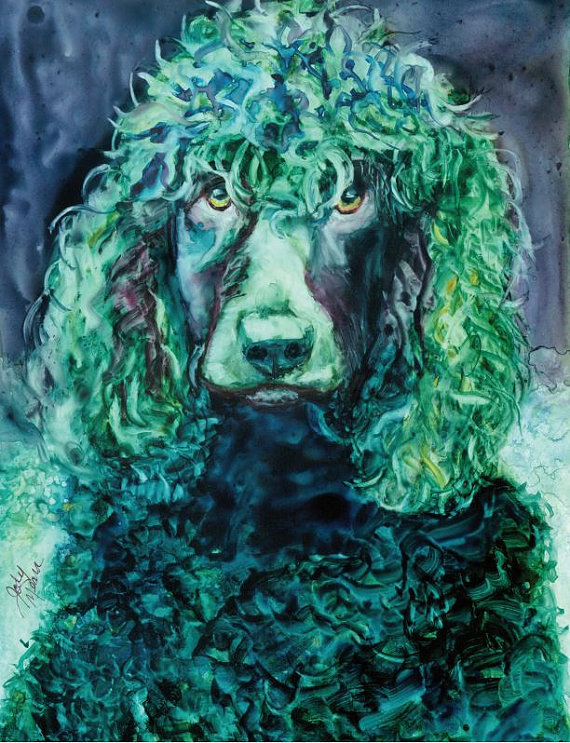
She was one of the original bad girls, a woman so vilified by her English adversaries that they described her as “a woman who hath imprudently passed the part of womanhood.” Harsh words in her day, but perhaps apt when describing a legendary Irish pirate, and Chieftan of the Ó Mháille clan during the 16th century.
Gráce O’Malley was born in Ireland to a wealthy family, one of the few seafaring families on Ireland’s west coast. When told as a child that she couldn’t go on a trading expedition to Spain with her father because her long hair would catch in the ship’s ropes, Gráce cut off her hair. She was that kind of girl. Well-educated, enormously competent, and formidable, the hair-cutting stunt earned her the nickname, “Gráinne Mhaol” from maol, or “having cropped hair.”
With her father’s death, Gráce inherited his large shipping business. She took to actively supporting Irish insurgents resisting Henry VIII’s efforts to impose English law, language, culture and Anglicanism on the Irish, and restore the English King as Ireland’s central authority. It was a pivotal period of Irish history that saw the collapse of the Gaelic order, and the ruination of Ireland’s ruling class. Gráce was having none of it, not without a fight.
As expected for women of her time, Gráce married (twice) and had three children. More unusual, however, were Gráce’s “extracurricular” activities. After her first husband was murdered, Gráce assumed the role of chieftain of her in law’s clan. She took over leadership of father’s lordship title by land and sea, and the twenty galleys and hundreds of sailors she owned were used to ferry Scottish mercenaries, plunder ships, and impose a toll on anyone shipping or fishing in the waters off the coast of her homes. She launched attacks on rival clans, and raided Scottish Islands at the same time she transported professional soldiers. Gráce was a warrior who came over the sea with Irish soldiers to rout the English, and it was a role that earned her another nickname, the “pirate queen.” Today, she would be an icon of international feminism. Back then, she was seen as a terrorist.
Gráce, also known as Grainne Ni Mhaille, became the subject of folk stories, poems, and music, and why she’s mentioned here is because some historians believe that during her travels, she encountered dobhar-chu (“water-hound” or “otter”) and brought them back to Ireland. Some cynologists think these dogs were the probable ancestors of today’s Irish Water Spaniel.
How many breeds, we wonder, can claim a pirate in their history?
Image: Irish Water Spaniel by JodyOMeara is available for purchase here.
